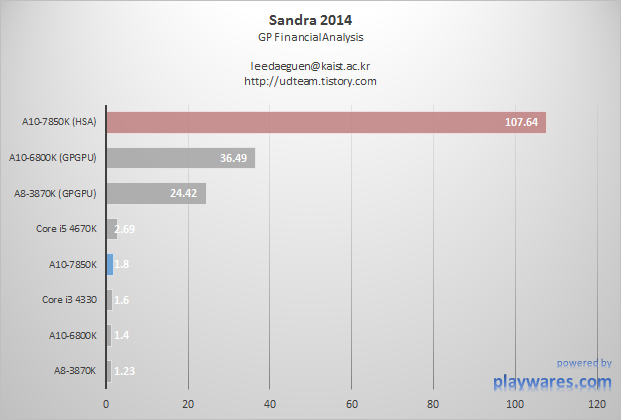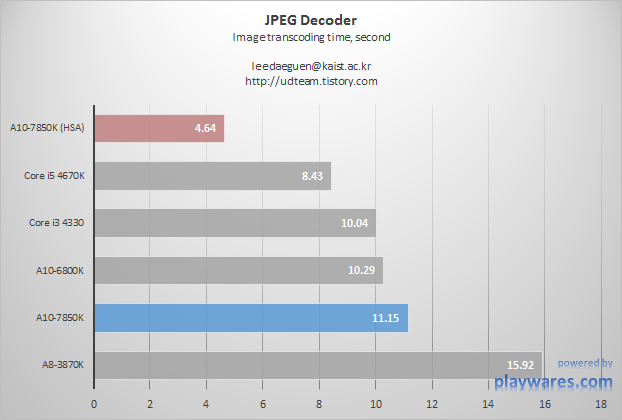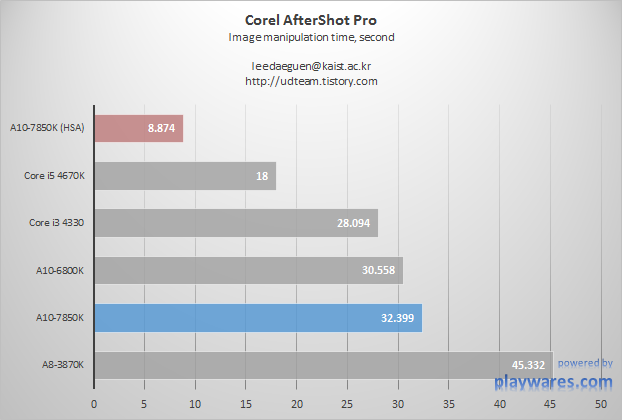Maybe i am crazy but did AMD not co-develop HBM with Hynix? Surely if this were true, they have some kind of priority clauses in place for something they contributed to? And i cannot imagine they will be paying the same price as other purchasers for the product they helped develop surely?
As the product is also being developed in multiple manufacturing facilities from more than 1 manufacturer i do not expect there to be a huge shortage for AMD for HBM2, what is to say they have no contract in place for preferential supply for a product they helped develop and at a cheaper price?
Too many people read the nonsense that is on such sites like WCCFTech without actually stopping for a second, and thinking, and then coming to forums like this and posting said nonsense, without doing even the smallest bit of research to back up the claims.
HBM is JEDEC industry standard so anyone can develop it and AMD has no priority or preferential treatment. They may or may no have some contract with Hynix but Hynix is behind Samsung and quite clearly AMD have no special clause with Samsung as Nvidia are getting the majority of chips. IF AMd arranged a special contract with Hynix it may actaully be backfiring with AMD forced to use Hynix ans its HBM supplier but Hynix is not yet able to deliver.
And just because there is 2 suppliers does not mean there is sufficient supply, quite the opposite since Hynix quite clearly is unable to supply currently. HBM is complex and expensive to produce, the total market is relatively small so production facilities are not set u cope with very high volume production.









